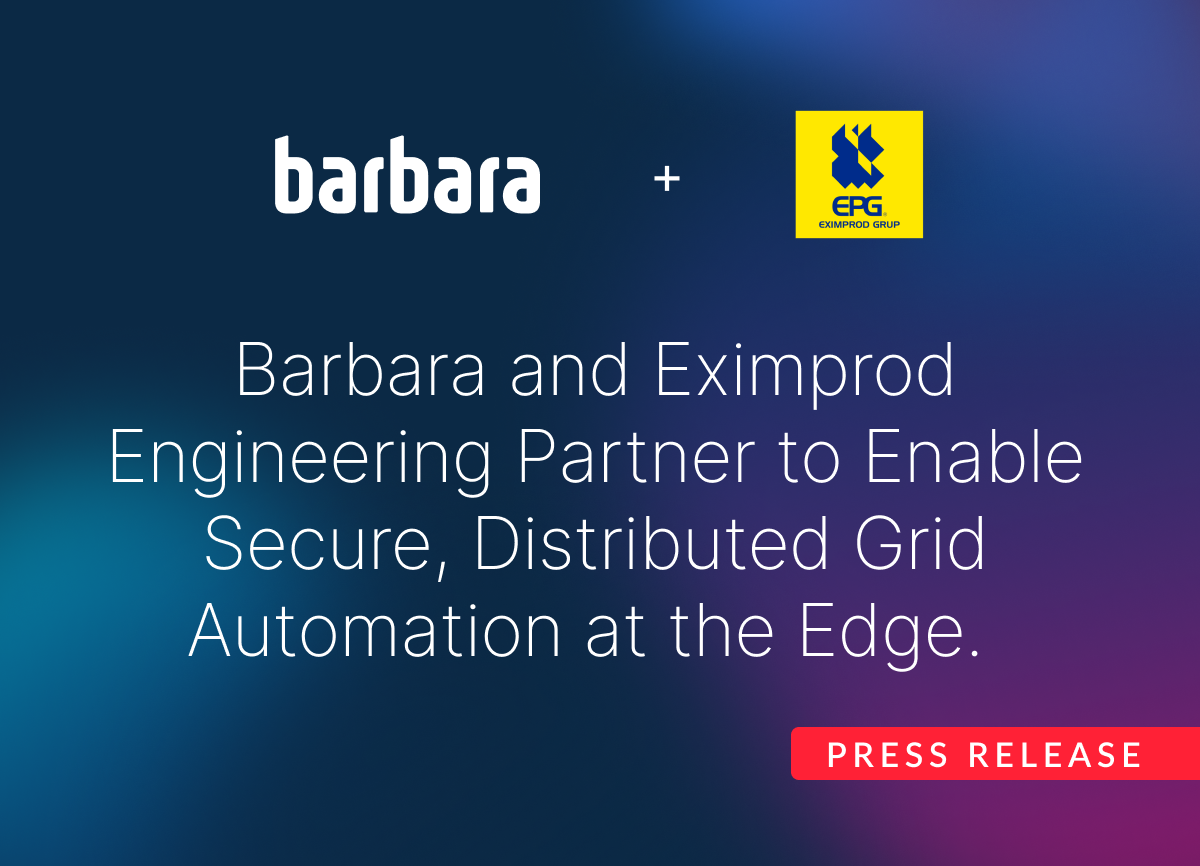5 Industrial IoT Use Cases to Increase Efficiency and Cost Savings
Industrial IoT is transforming the way plant environments operate by enabling hyper-connected networks that provide value through smart factories, predictive maintenance, energy management, remote monitoring, and more. This technology empowers industries to optimize productivity, increase efficiency, and reduce costs.
What Industrial IOT means for businesses
The IoT (Internet of Things), objects and devices of any kind connected to The Internet, is already a reality, and that has come to make life easier for us. Anything that we can imagine can be connected to the Internet and interact without human intervention. It is predicted that somewhere between 20 and 50 billion devices will be connected to the Internet by 2020, depending on the source, and by 2030 this figure is projected to grow to more than 125 billion connected devices. Its applications are almost infinite, and the sectors in which this technology is applied are increasing on a daily basis.
But the IoT is not only a customer centric technology focused on the service to daily life. Speaking about IoT is to speak about Industry 4.0, or what we know as IIoT (Industrial Internet of Things). Thus, according to a study by the Industrial Communication Report, in 2016 there were 90 million IoT devices in industries worldwide. By 2021 this number is expected to increase to 150 million connected devices.
Industrial IoT does not necessarily mean large systems and machines that carry out complex industrial processes. Industrial IoT can also be small sensor devices capable of providing data, information, and alarms, that help to carry out daily business analysis, taking simple automated actions or starting certain protocols automatically.

IIoT is about creating environments capable of monitoring, collecting information, analyzing data and making decisions immediately in a very effective way using hyper connected networks. Today, there are already thousands of production plants and industrial infrastructures in the world that have hundreds of devices and sensors connected to the Internet, in sectors such as energy, the railway or all the deployments related to Smart Cities. It is also reaching great importance in sectors such as agriculture, health and commerce, but, according to IDC, the highest acceleration will be in the manufacturing and automotive sectors.
5 Industrial IoT real life examples:
- Remote maintenance of infrastructure: Remote maintenance essential for many types of companies, especially those with multiple operational sites or dispersed assets. IoT platforms that are able to interact with BMS (Building Management Systems) are the ones experiencing highest growth rates in the industry. IoT provides an efficient method for integrating different BMS vendors solutions into one single network and permits significant O&M (operation and maintenance) cost reductions by avoiding the unnecessary despatch of maintenance staff to remote locations. Barbara IoT is developing advance remote maintenance of infrastructure through IoT with companies such as the one developed for bind4.0.
- Energy usage optimization: The production, delivery and use of energy is becoming more and more efficient thanks to IoT. Sensors and devices such as electric chargers, inverters or switches, connected through IoT gateways, provide data analytics, greater intelligence and wealth of information that allow energy companies to dynamically manage assets, lower maintenance costs and improve the security of energy production. Barbara IoT has years of experience developing advance Industrial IoT solutions on the energy sector, such as granular monitoring of solar panels performance.
- Edge intelligence: It’s about analyzing at the point where the data is generated and sending to the Internet only the results of the process when necessary, saving costs and bandwidth issues among others. This is a very frequent and smart use of the IoT, such as cameras, capable of recognizing objects, people, segmenting or counting them, etc. In the aftermath of the Covid-19 health crisis, edge intelligence is in high demand, as it can monitor strategic locations, such as entrances to schools, workplaces, shopping malls etc. This can be done, thanks to platforms such as Barbara OS that allows not only secure connectivity from the field, but also edge processing via containerized applications deployed remotely.
- Predictive failures detection: IoT and artificial intelligence are some of the main enabler tools used by companies for predictive maintenance. The early identification of errors and their possible solution before they are produced can save up to 40% of the maintenance costs of companies, achieving greater efficiency in the company business. Predictive maintenance helps companies prevent recurring errors, detecting anomalies and use of historical data for long-term failure predictions. Predictive maintenance is frequently based on external vibration, movement, sound or temperature sensors that are securely connected using a platform such as Barbara OS
- IoT in the rail sector: Today it is imperative that rail networks deploy thousands of sensors in their systems in order to measure stock and track conditions that provide information for operation and maintenance teams. Although it is difficult to imagine an optimum solution without IoT, this is an extremely regulated environment, and penetration is therefore being slower. Barbara OS helps by being compliant with common rail security norms.
Benefits of Industrial IoT and Cybersecurity
All this together with the creation of cyber secure environments, capable of being self-managed remotely, means an unprecedented increase in productivity, performance and efficiency in the the way industrial environments are operated. This translates into significant competitive advantages, new business opportunities and more importantly, significant cost savings.
According to Gartner, by 2022, more than 80% of industrial IoT projects will include Artificial Intelligence, compared to the 10% as of today. This represents a promising future for IoT.
Are you considering how to apply Industrial IoT to your specific case? Do not hesitate to contact us for more information.



.png)





